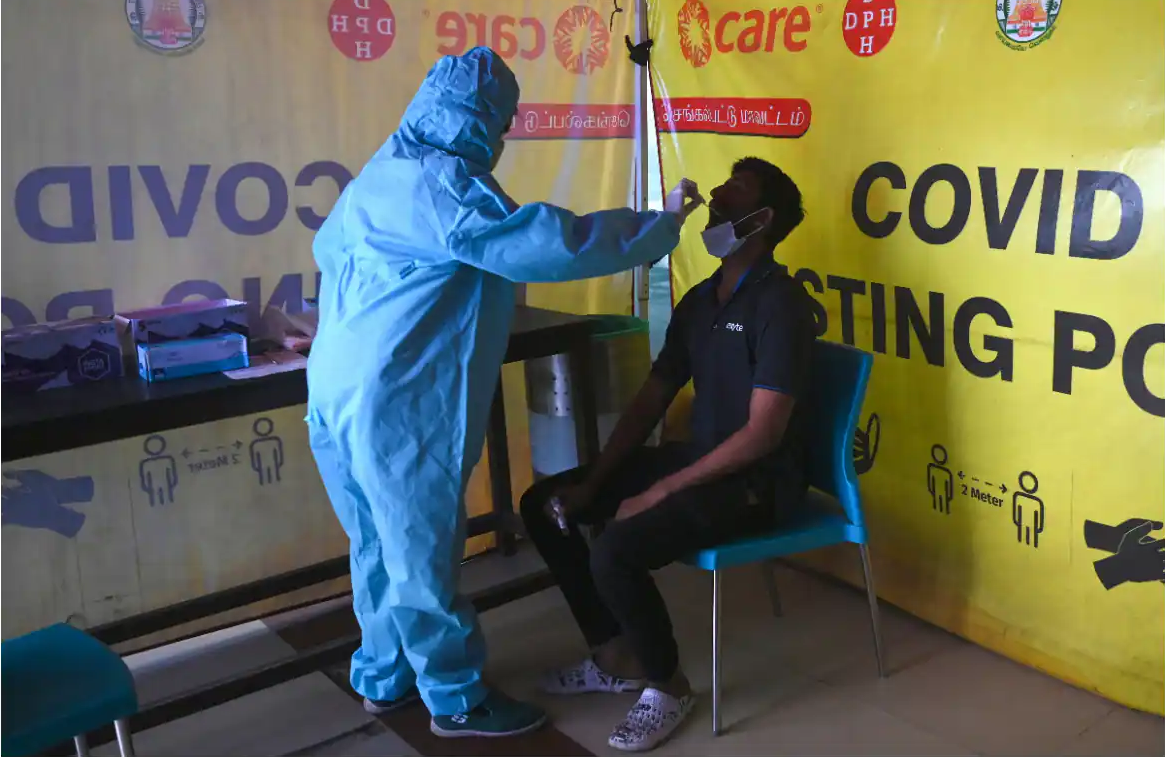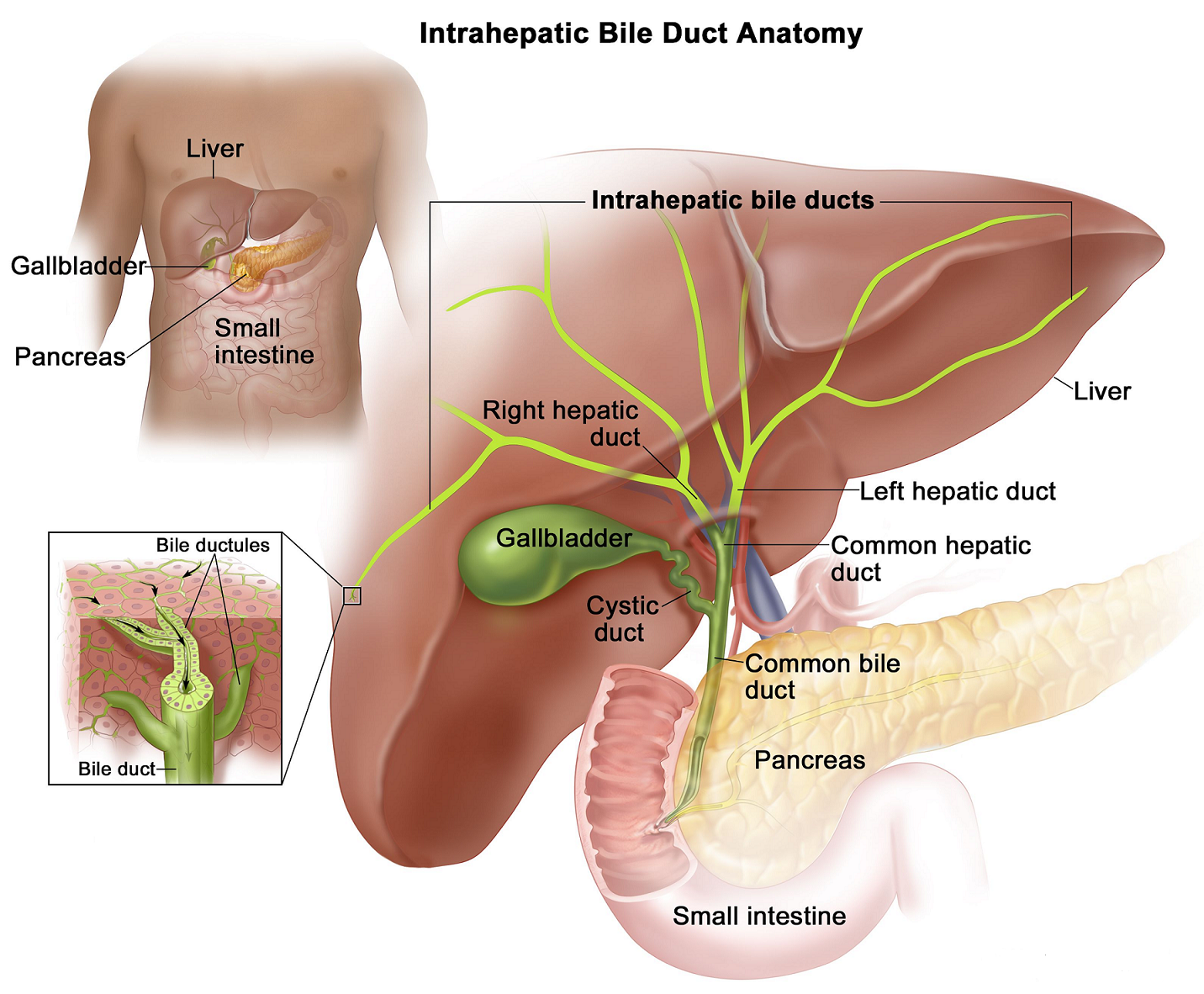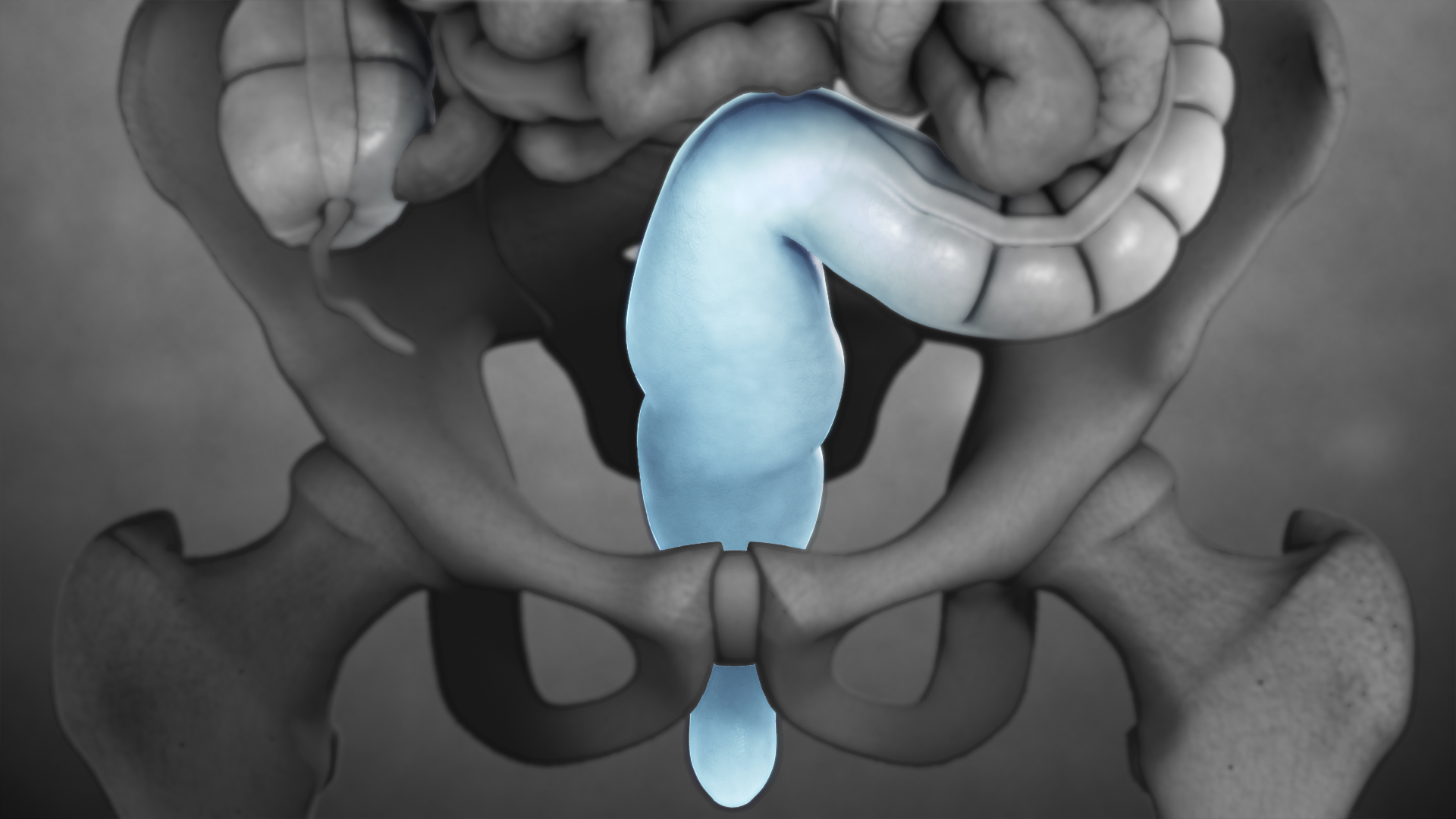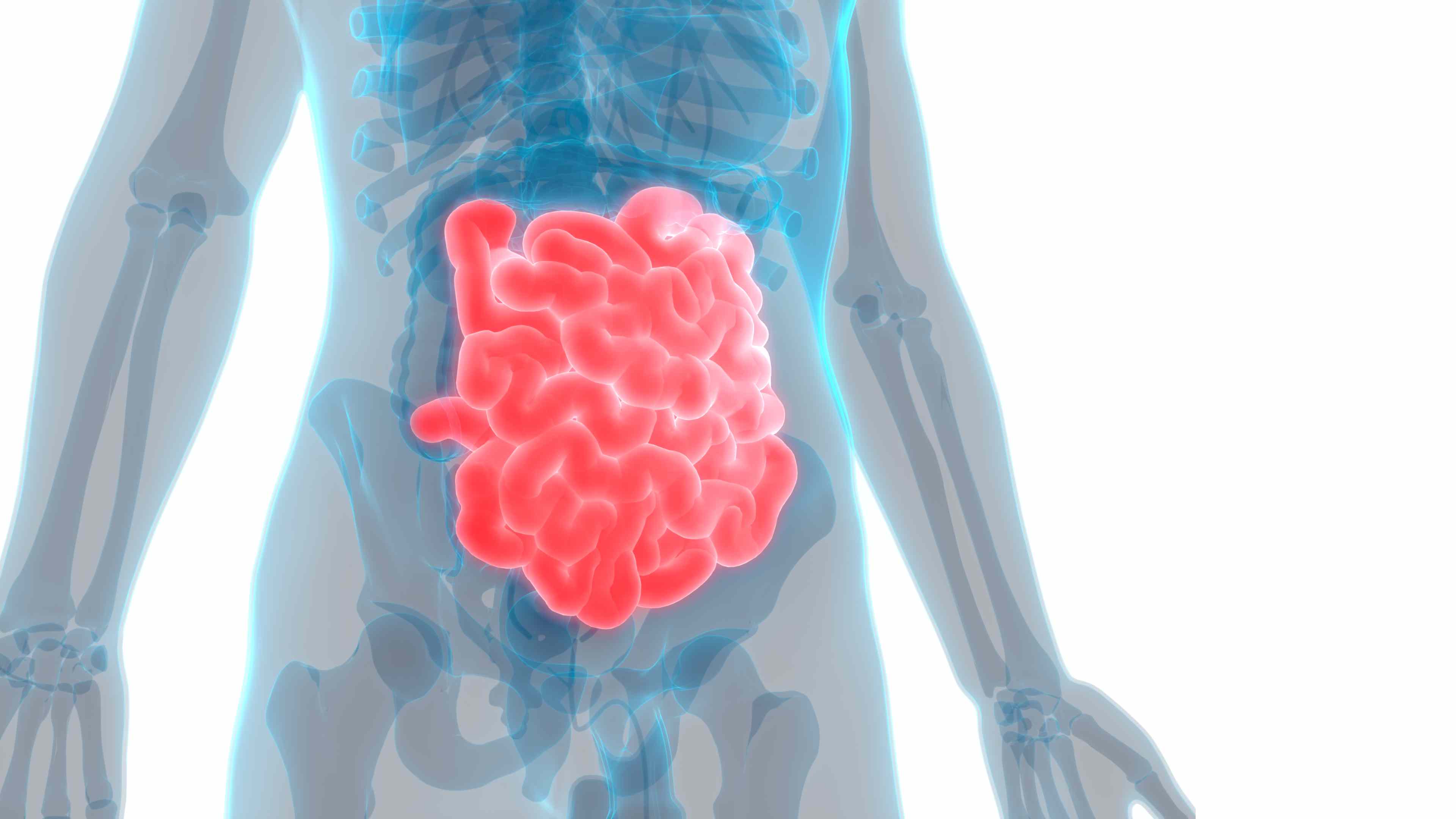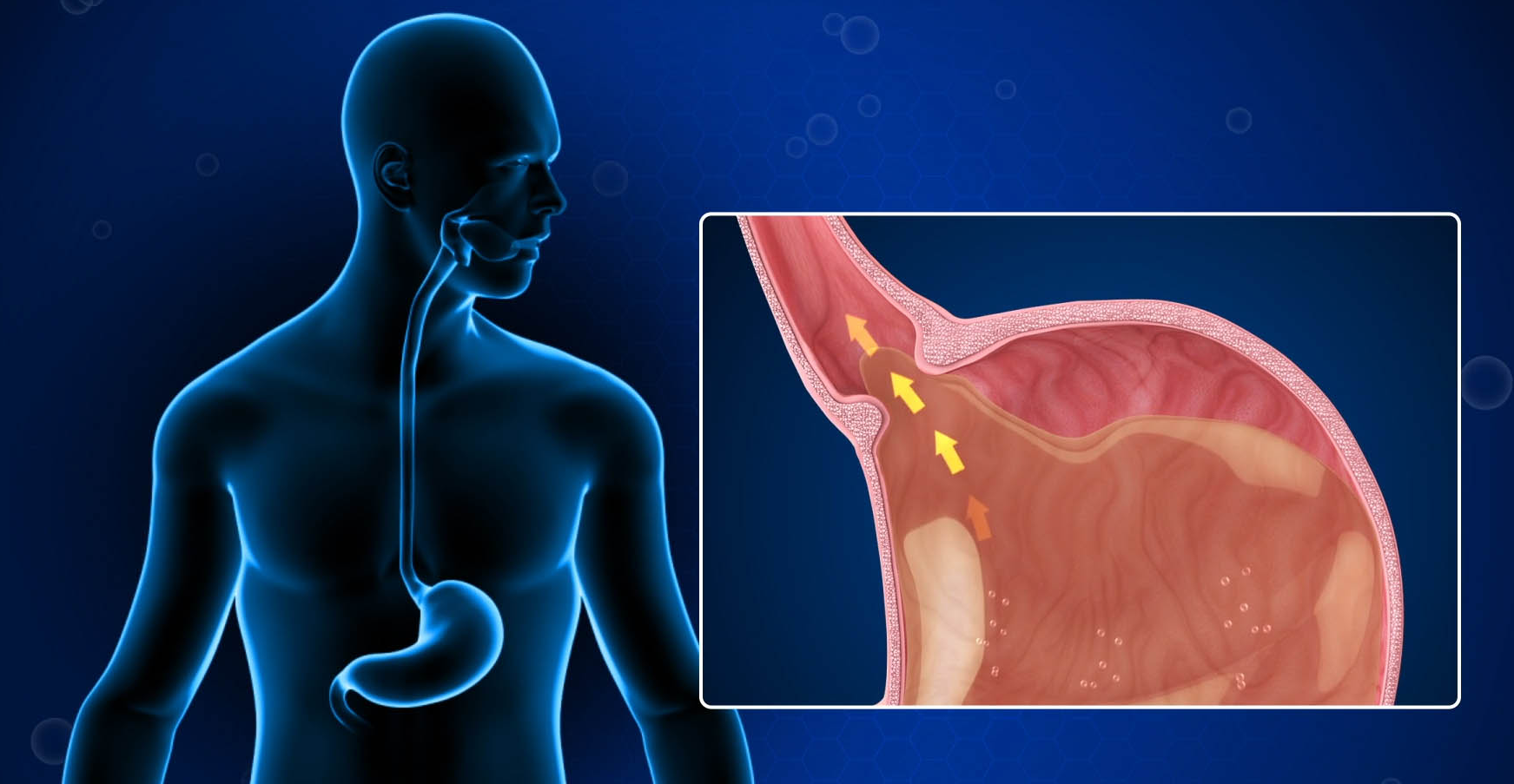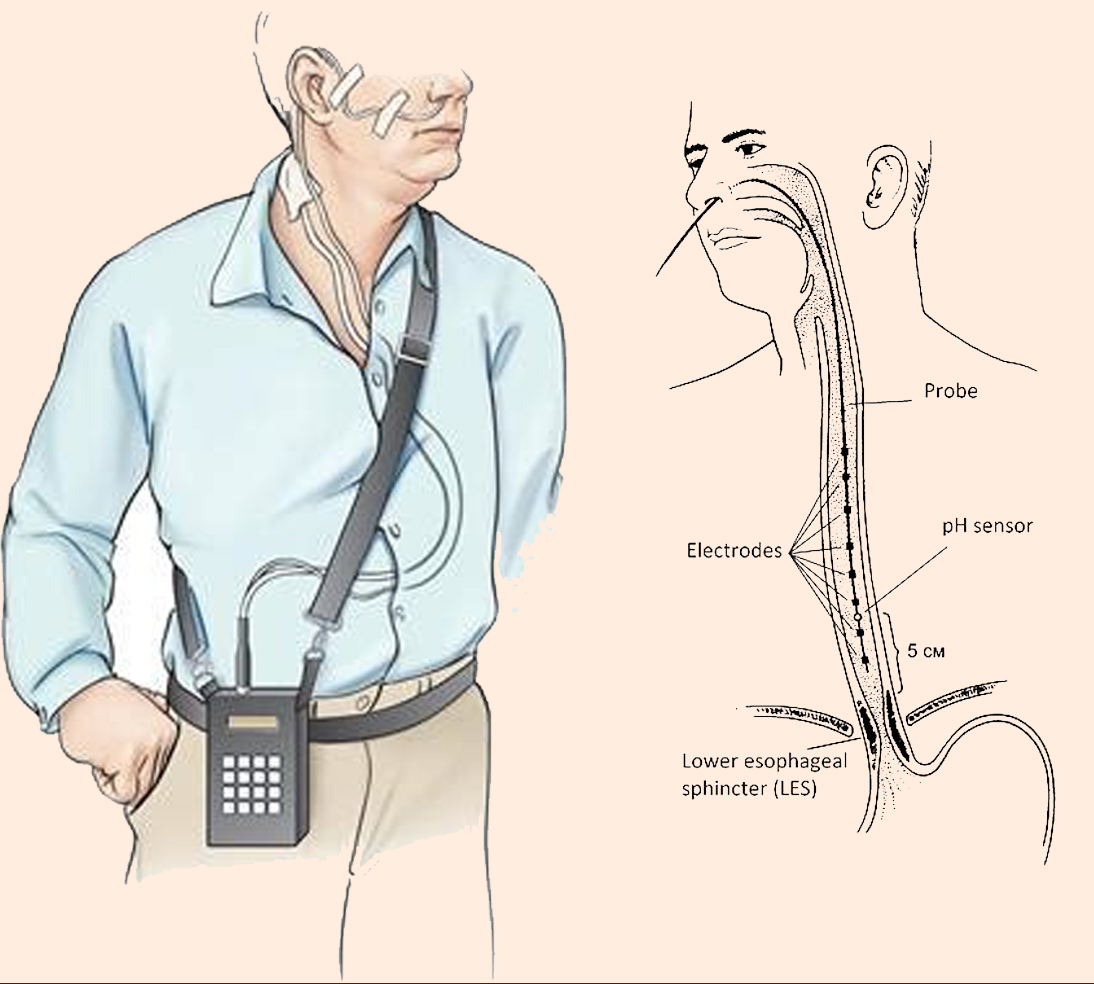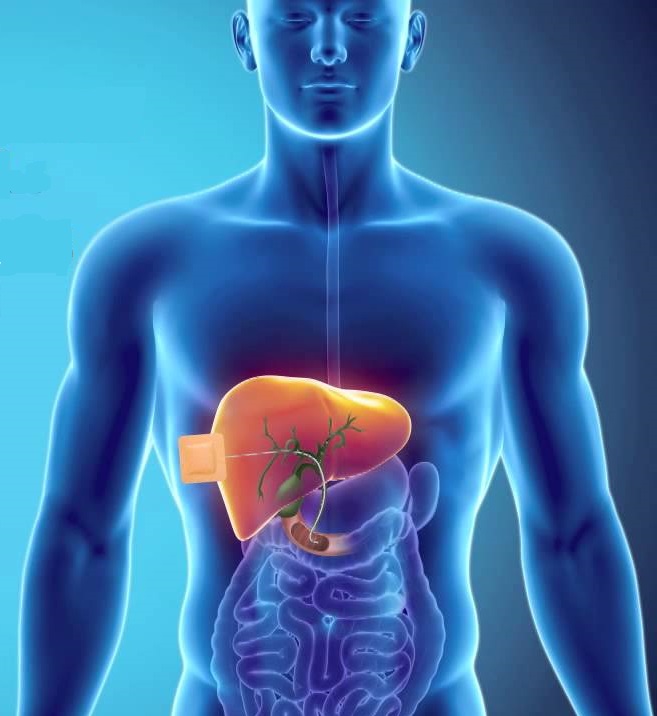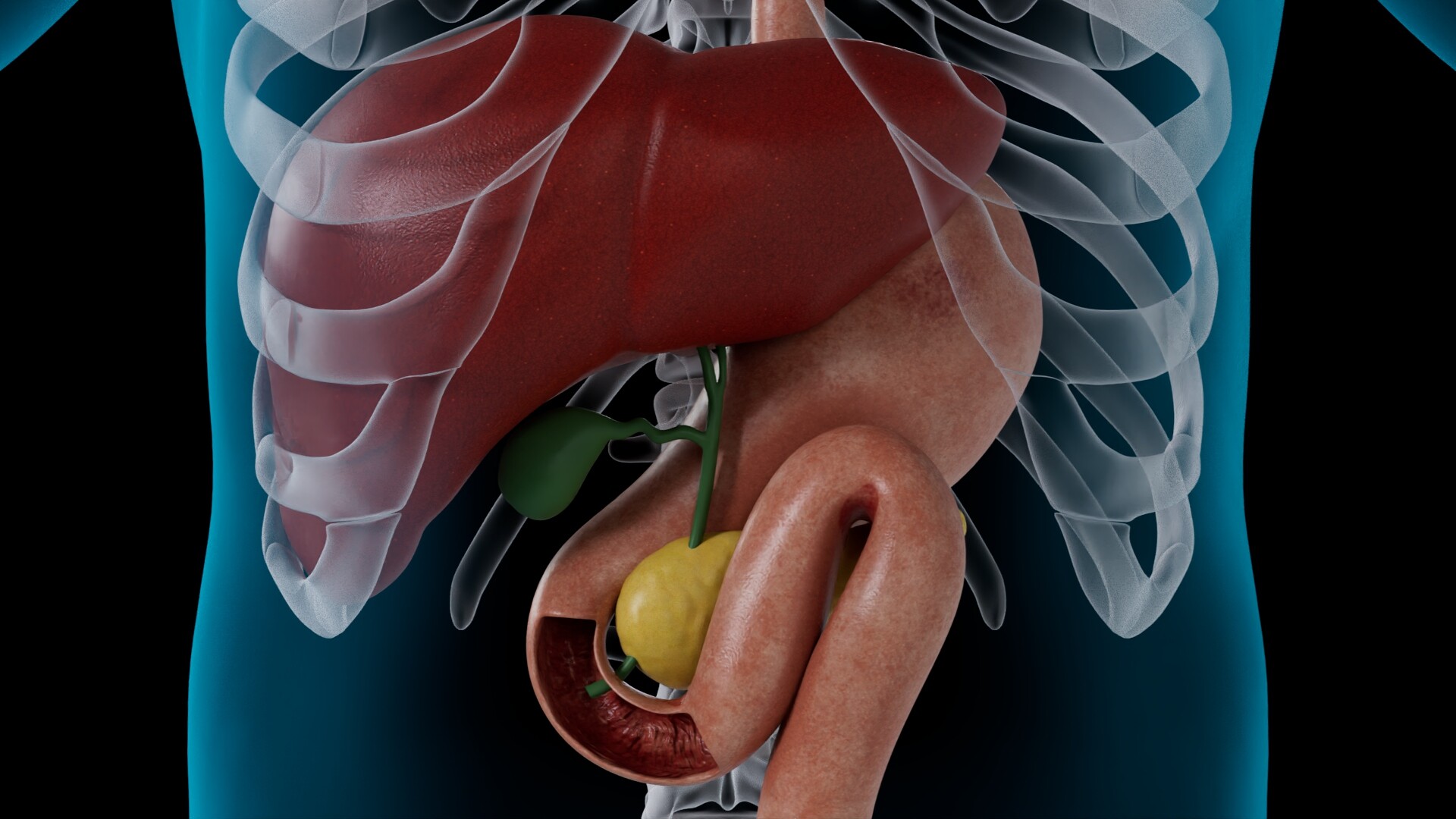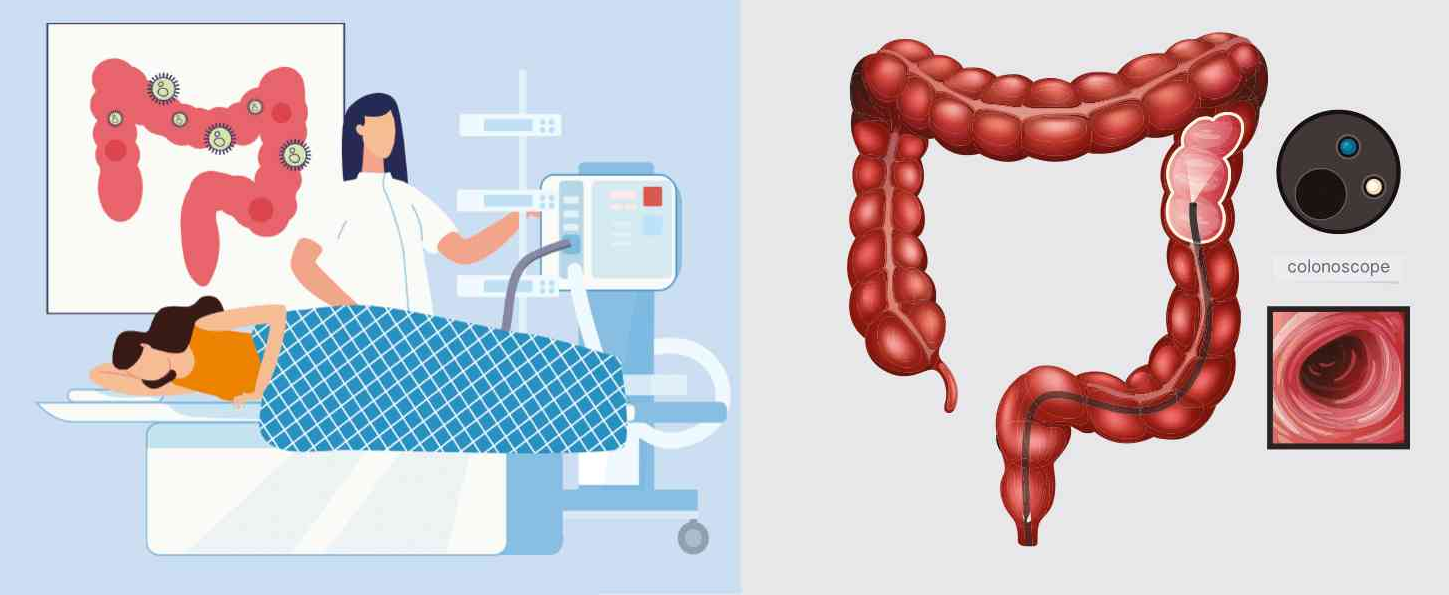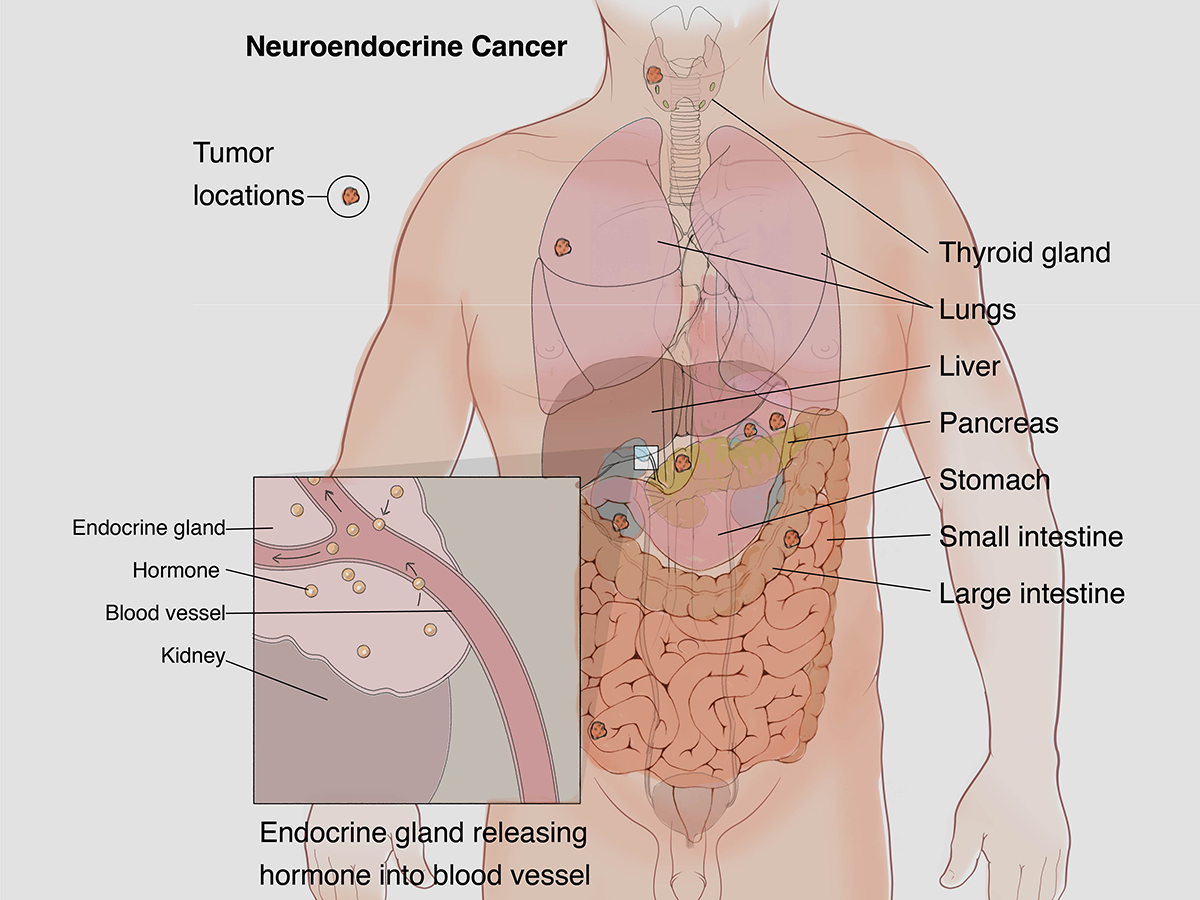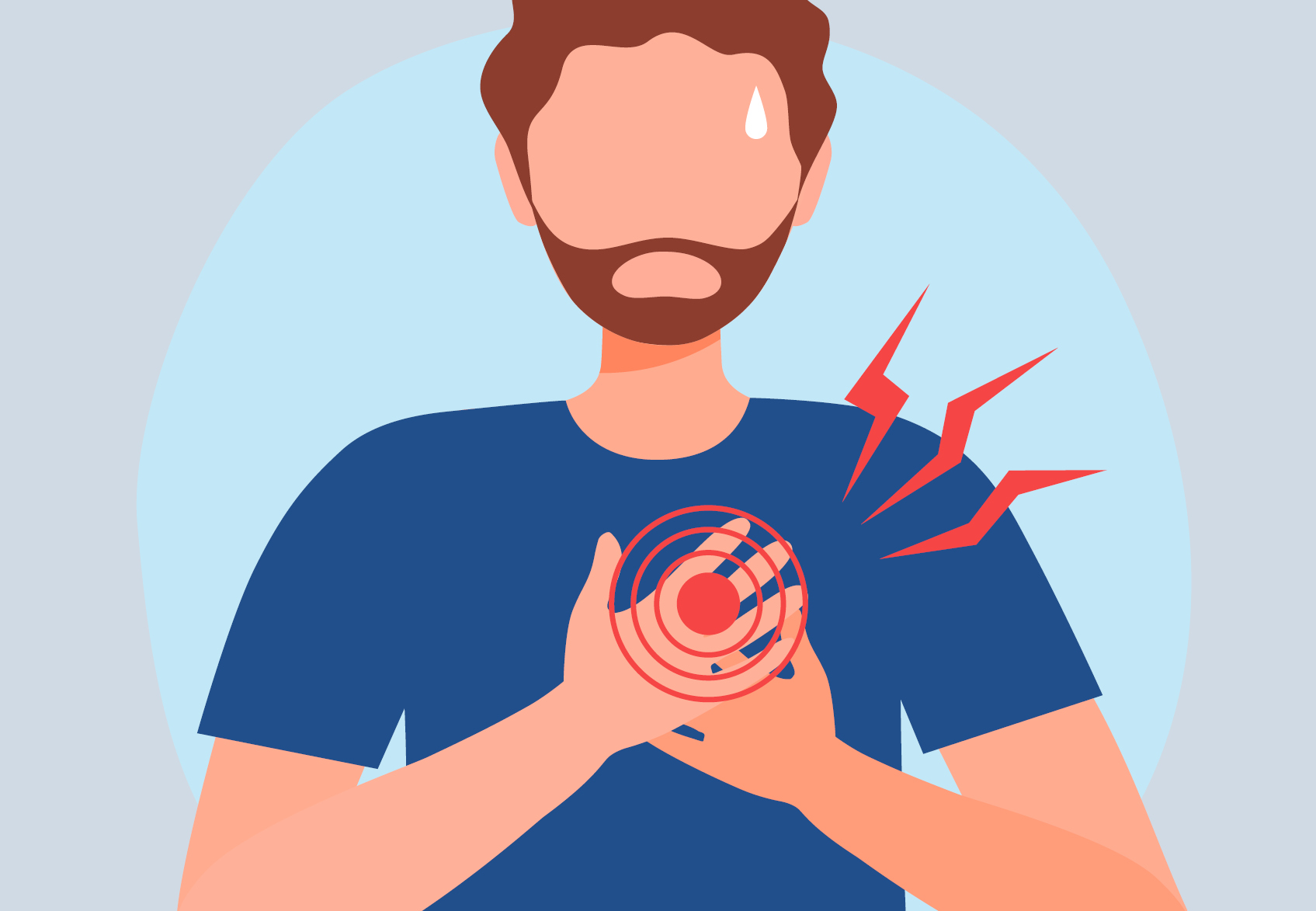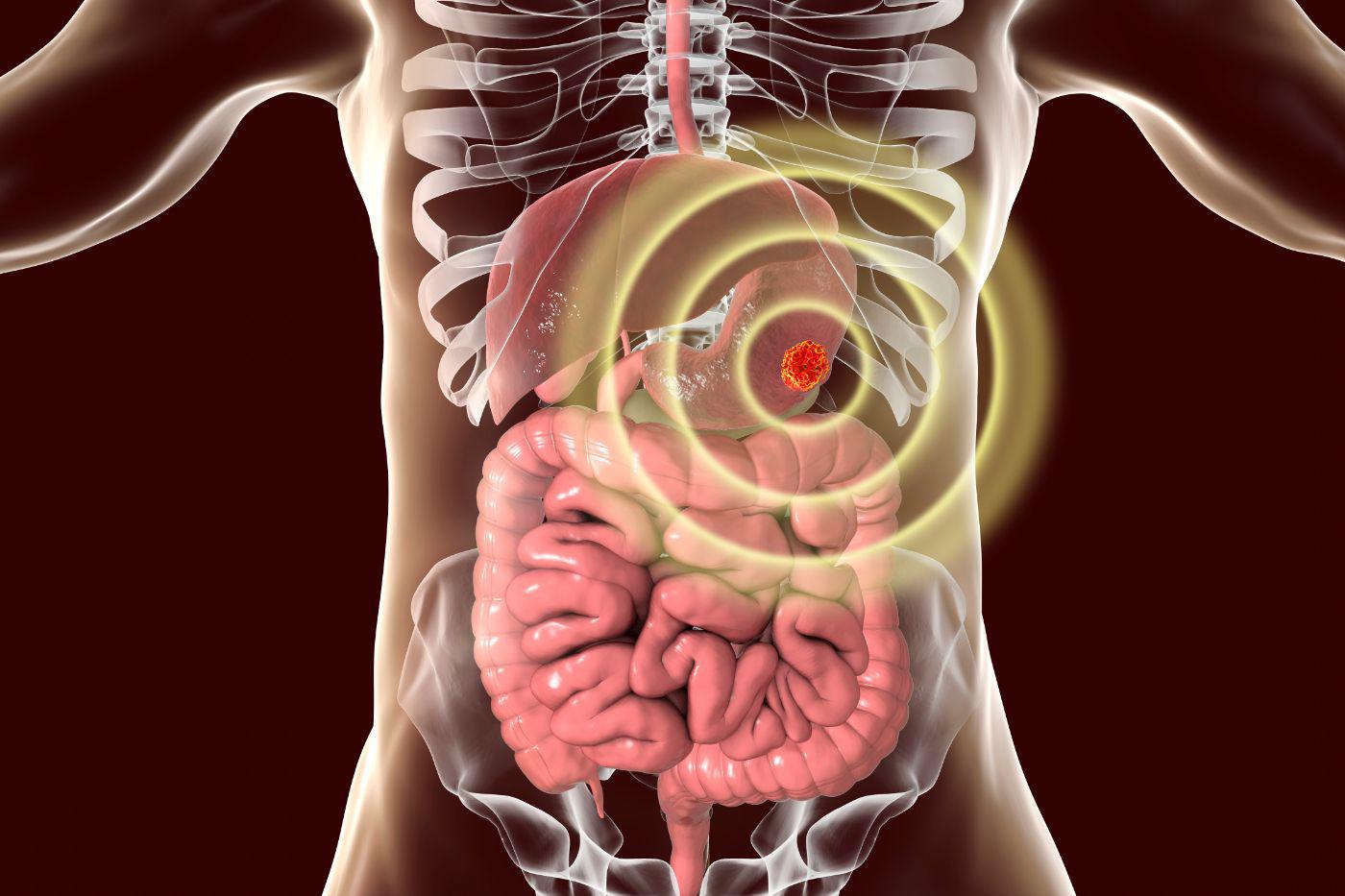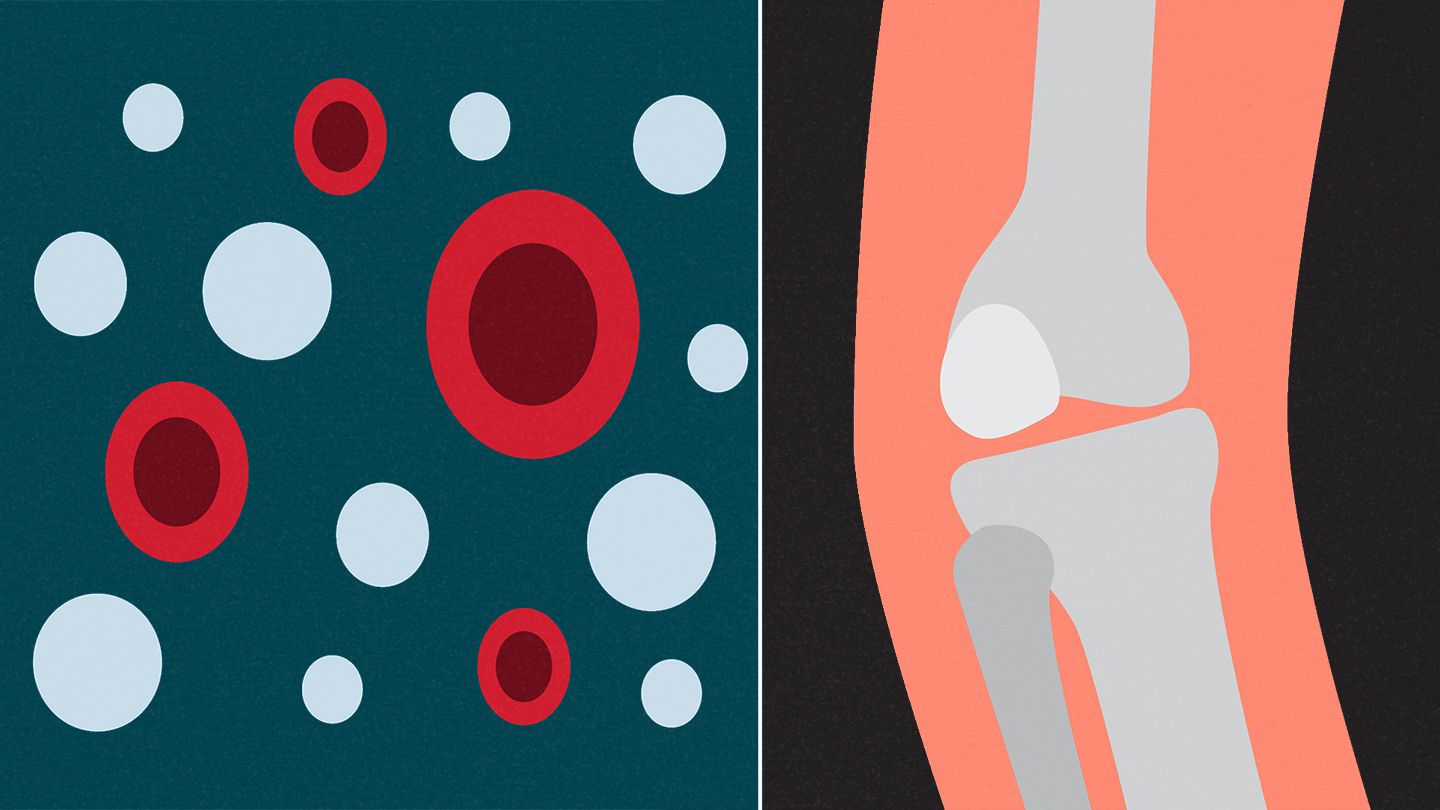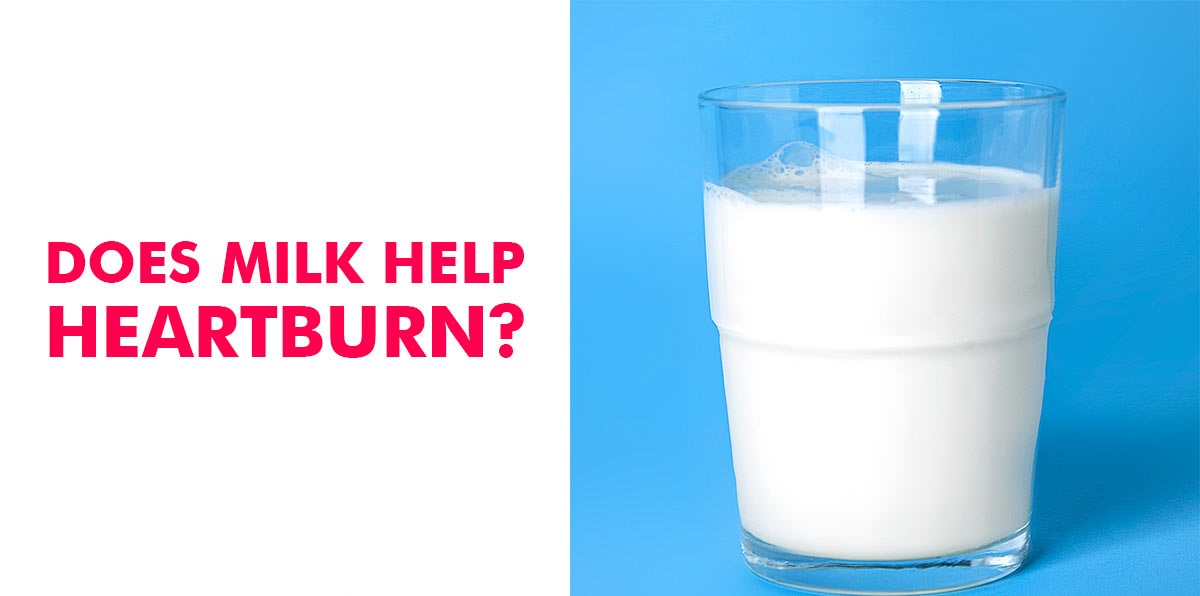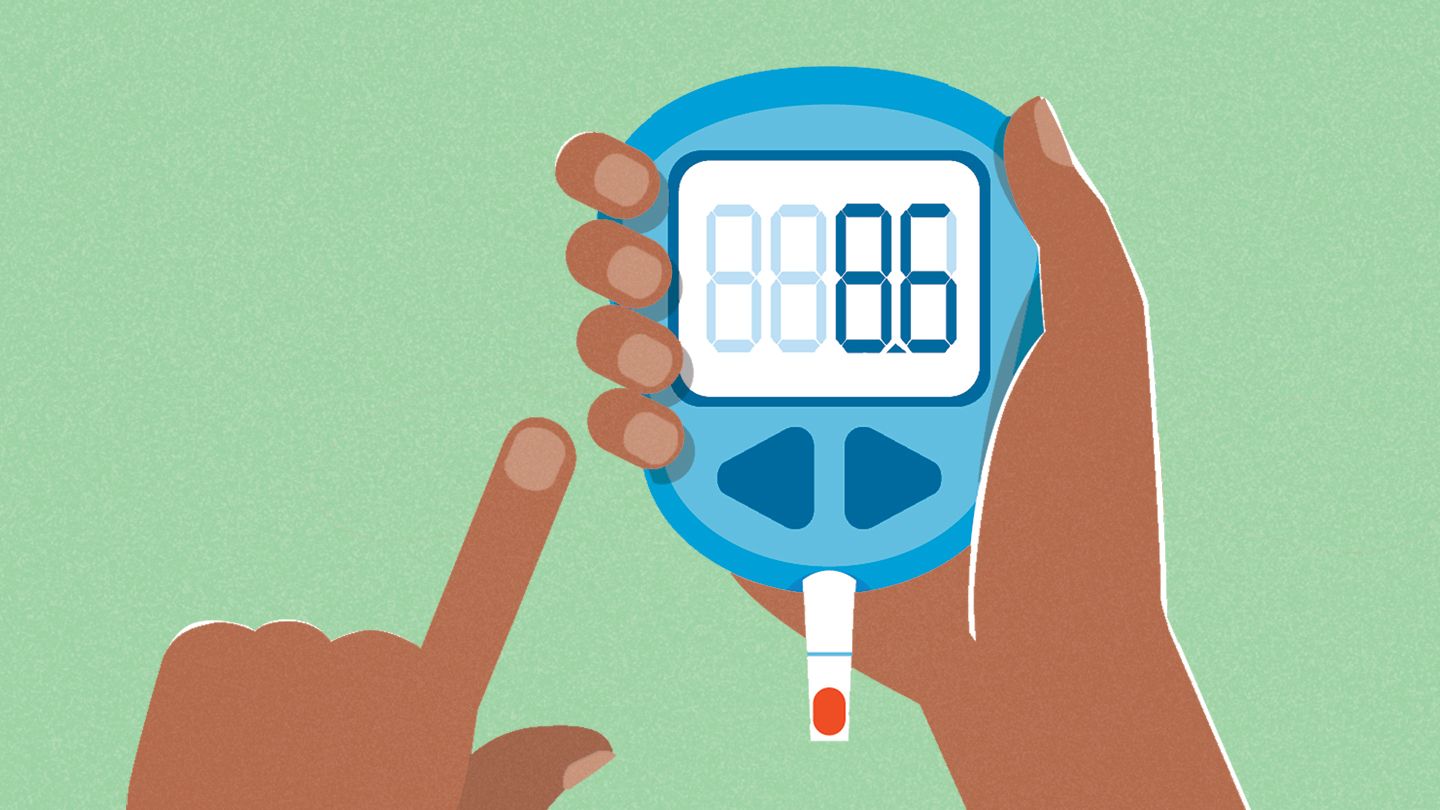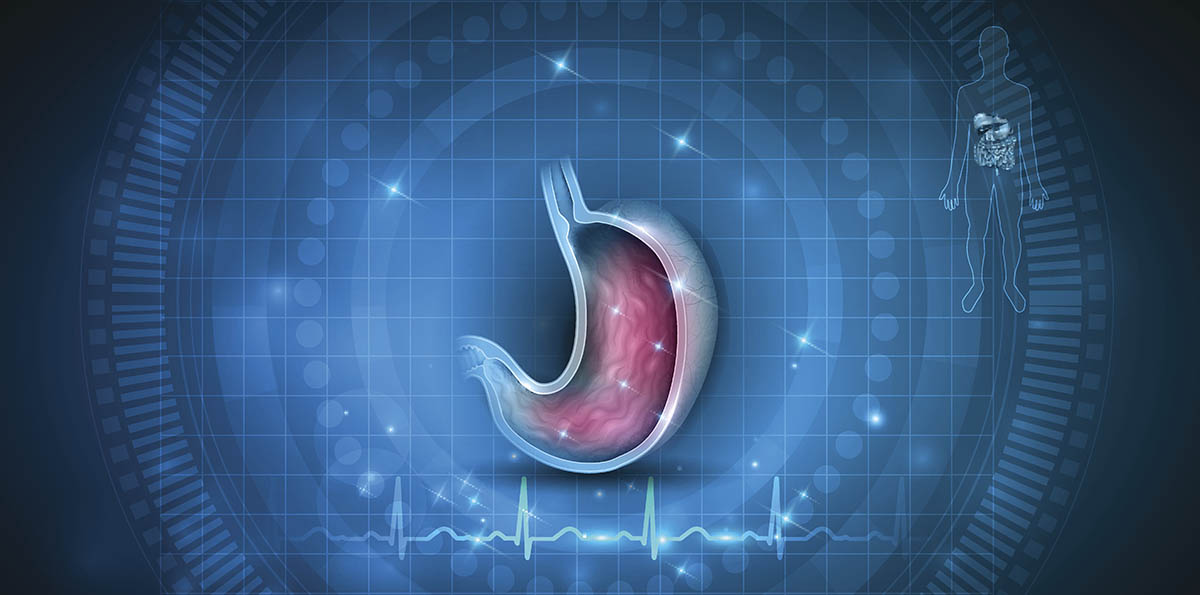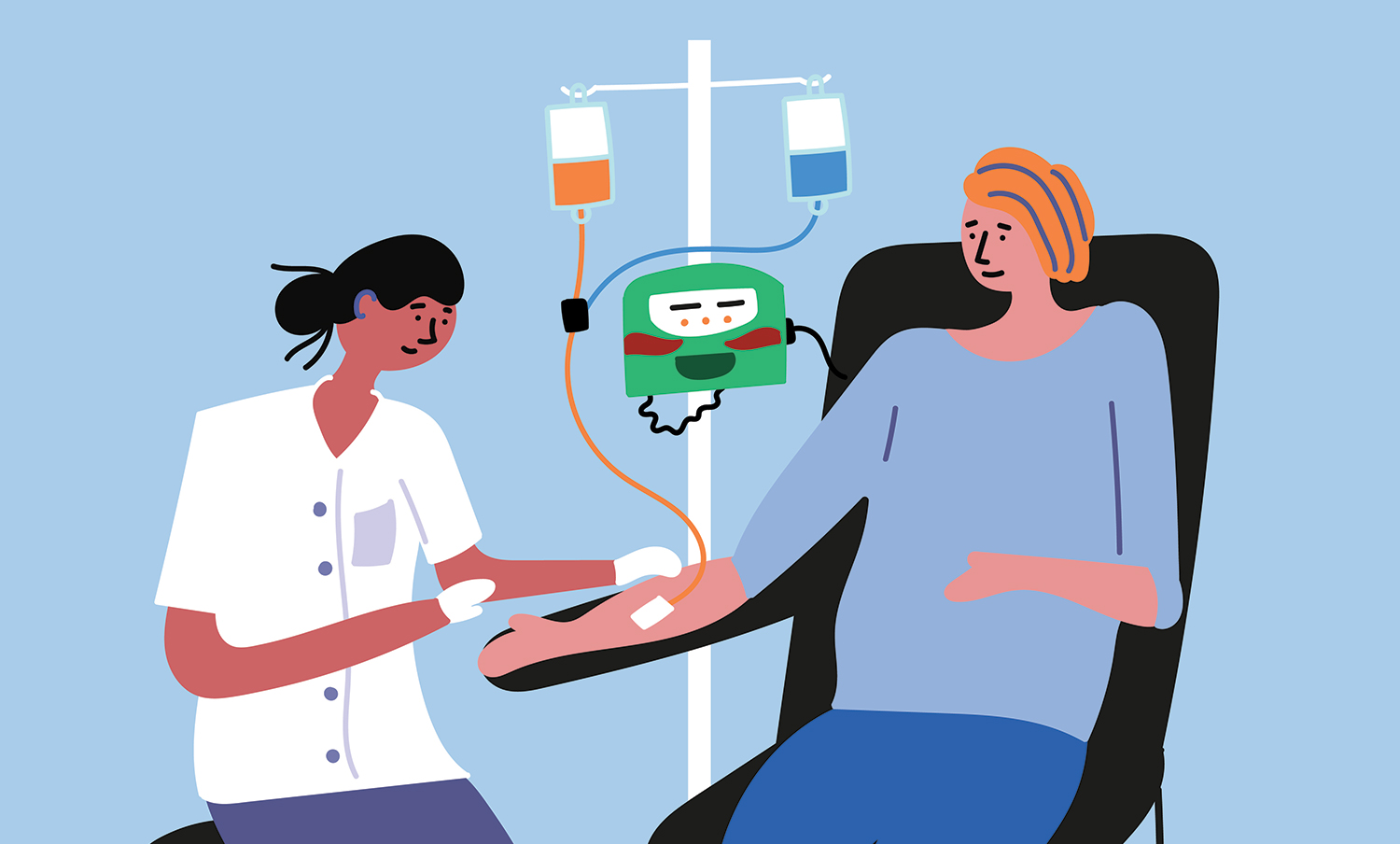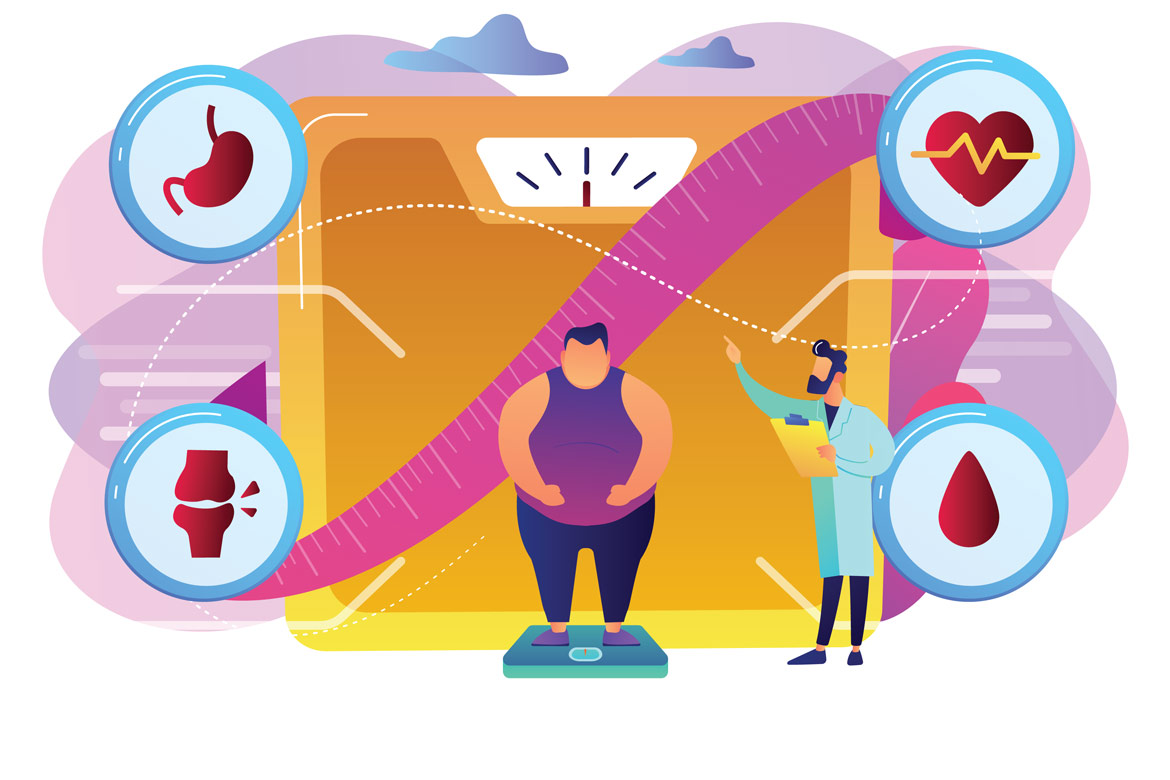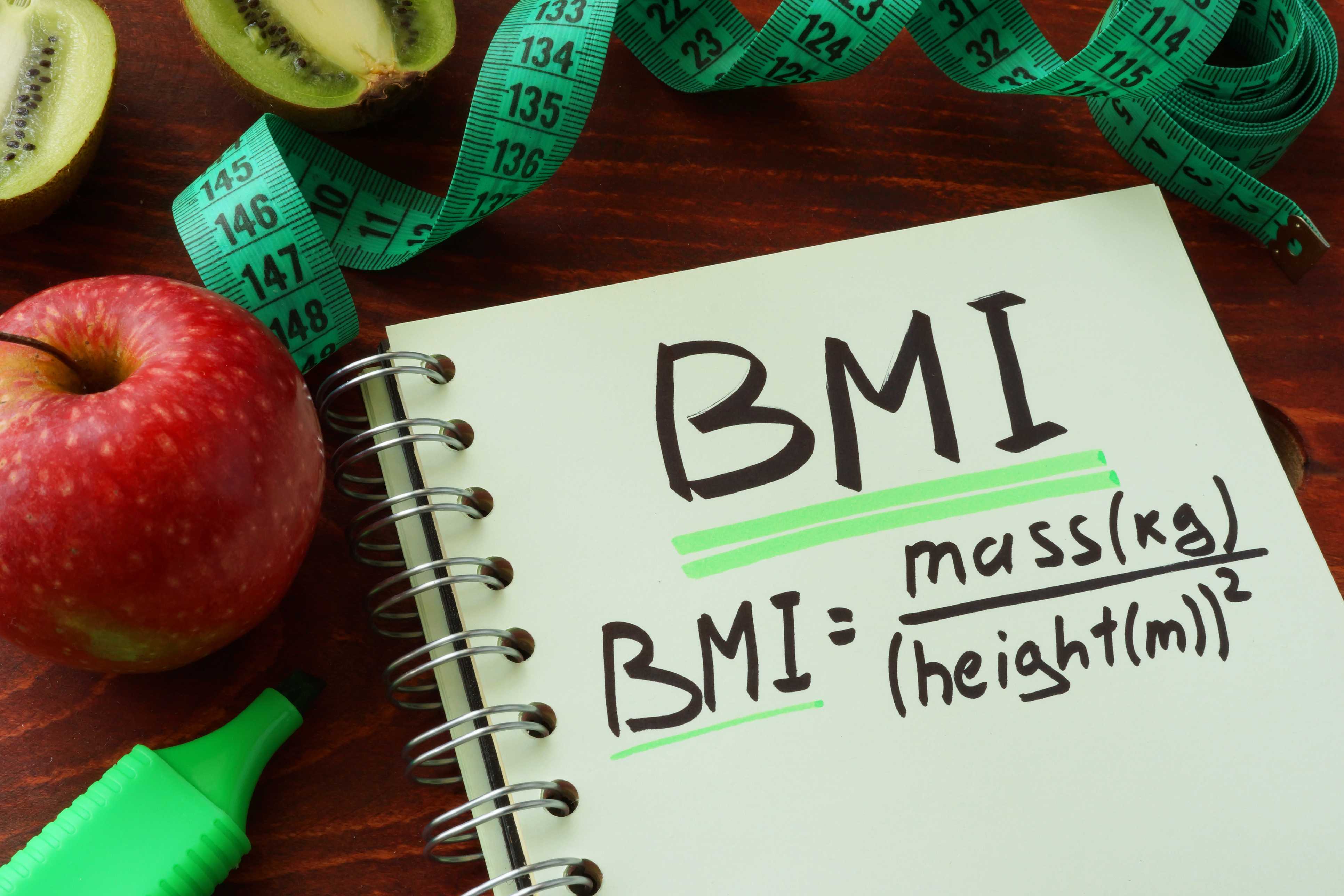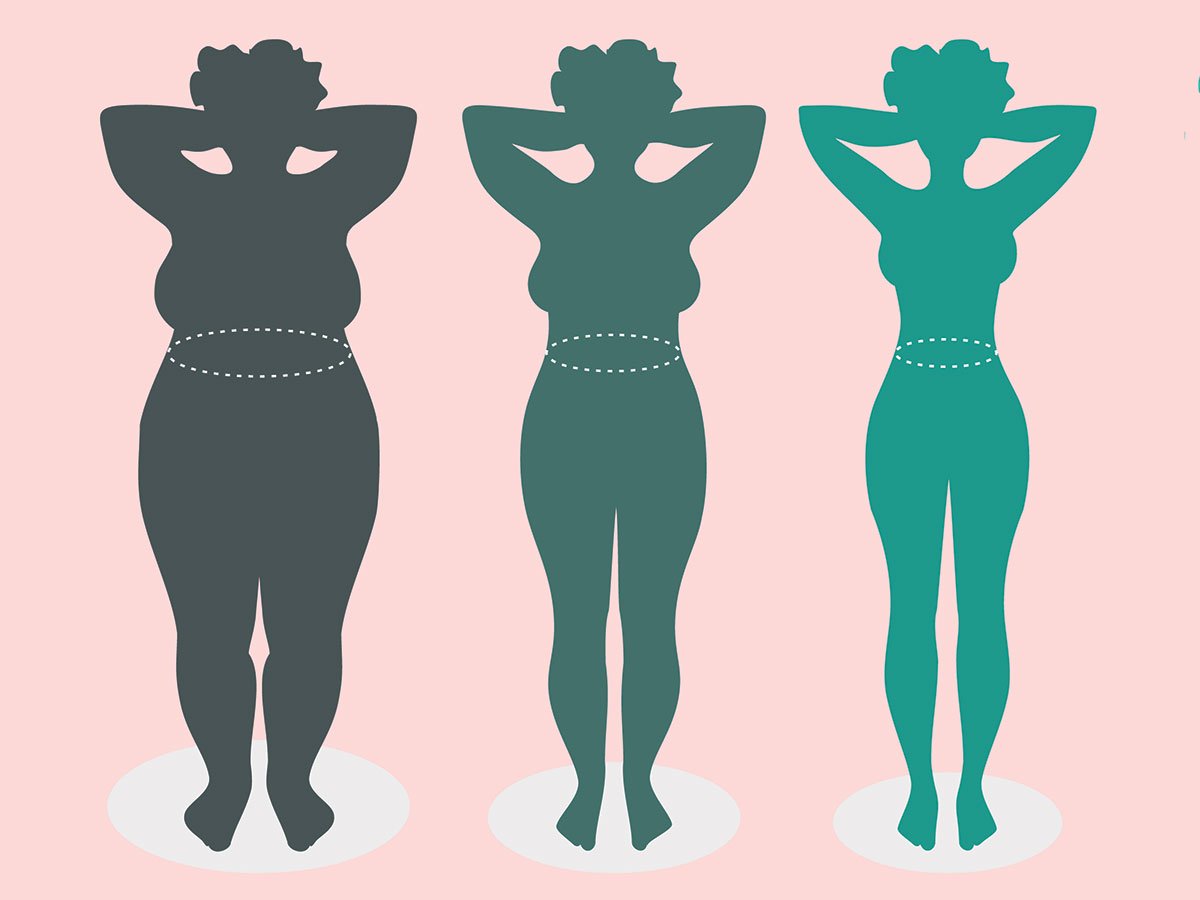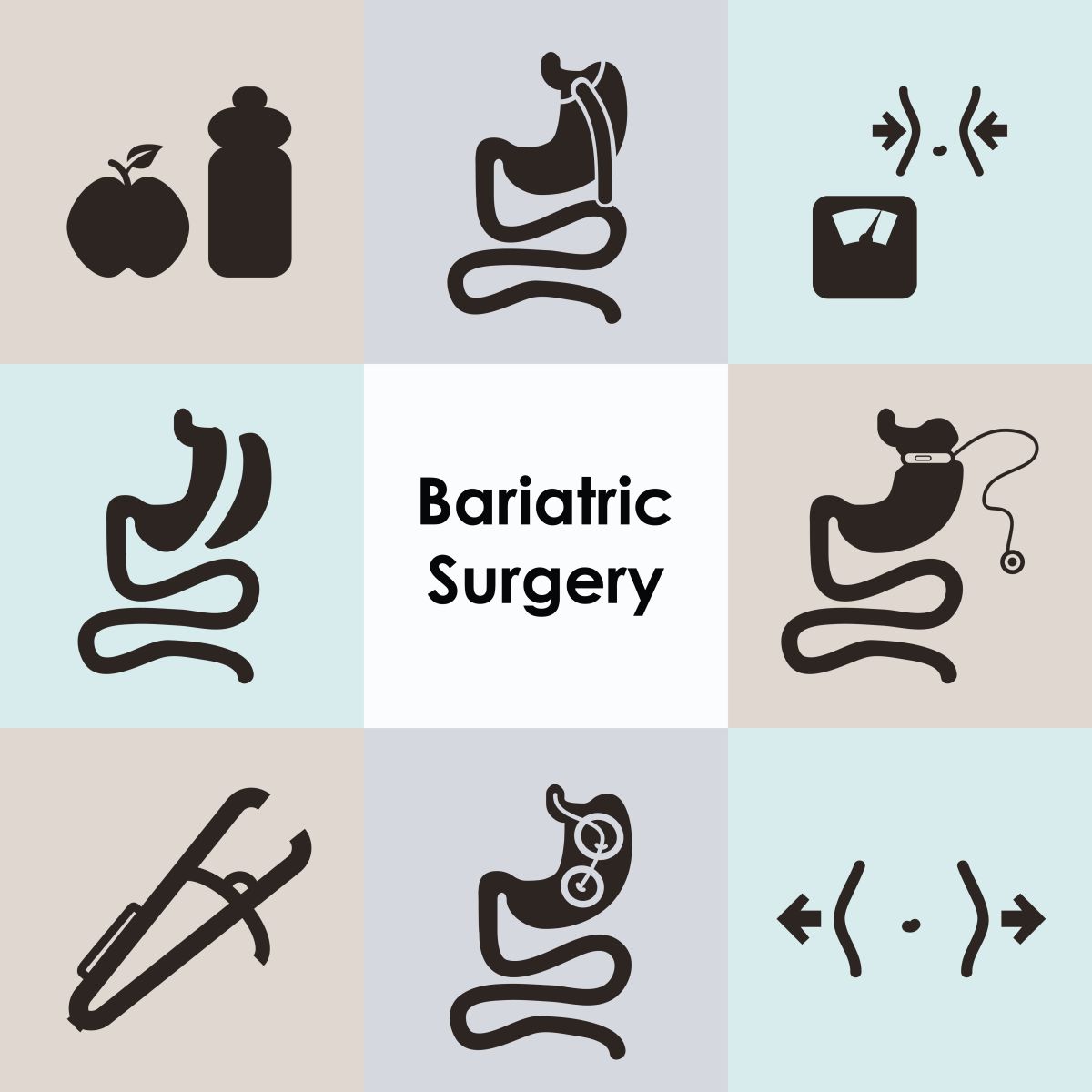Health, Obesity
Morbid Obesity: Causes, Symptoms and Treatment
Obesity has become a global epidemic with the number of obese people almost tripling since 1975. Find out about causes, symptoms and treatment options for morbid obesity here.
Summary: 60 Second Read
This article will cover:
- OVERVIEW- What is Morbid Obesity?
- CAUSES- The primary causes for obesity can be genetic, physiological, lifestyle, food-intake, your weight history, pregnancy or medications.
- SYMPTOMS- Common symptoms of obesity are joint or muscle pain, skin problems, gallstones, shortness of breath and difficulty in sleeping to name a few.
- DIAGNOSIS- Obesity is diagnosed by calculating your BMI and considering your body shape.
- EXPECTED DURATION- The duration of your weight goal depends on the kind of non-surgical or surgical approach that you are taking alongwith how much work you are putting into maintaining it.
- PREVENTION- Maintaining a healthy lifestyle by keeping physically active and eating healthy food are the best options for preventing obesity.
- TREATMENT- There are different structured approaches and therapies to reduce weight. You may consult a specialist to determine what would work best for you.
Overview
Obesity is a complex disease involving an excessive amount of body fat. Obesity isn't just a cosmetic concern. It is a medical problem that increases your risk of other diseases and health problems, such as heart disease, diabetes, high blood pressure and certain cancers.
It is difficult to directly measure body fat. Body mass index (BMI) is a popular method of defining a healthy weight. BMI should be used as a guide, along with waist size, to help estimate the amount of body fat.
BMI estimates a healthy weight based on your height. Because it considers height as well as weight, it is a more accurate guide than body weight alone.
To calculate your BMI:
- Multiply your weight in pounds by 703
- Divide that answer by your height in inches
- Divide that answer by your height in inches again
Then use the chart below to see what category your BMI falls into.
| BMI | Category |
| Below 18.5 | Underweight |
| 18.5 – 24.9 | Healthy |
| 25.0 – 29.9 | Overweight |
| 30.0 – 39.9 | Obese |
| Over 40 | Morbidly obese |
However, you must remember that BMI alone cannot be an accurate indicator for obesity, you must also consider your waist size along with your BMI to determine the same.
Summary- Obesity can be determined by calculating the BMI. However, it should not be the only deciding factor as waist size is also important
Causes
Some of the most common reasons for obesity are:
1. Genetic influences
Your genetic makeup plays a significant role in your chances of becoming obese. However, you still maintain most of the control when it comes to your weight.
Some rare genetic diseases make it almost impossible to avoid obesity.
2. Physiological influences
Some researchers believe that every person has a predetermined weight that the body resists moving away from. Also, people of the same age, sex and body size often have different metabolic rates. This means their bodies burn food differently. Someone with a low metabolic rate may require fewer calories to maintain approximately the same weight as someone whose metabolic rate is high.
3. Food intake and eating disorders
If you eat a lot, especially foods that are high in fat and calories, you can become obese. Obesity also can result from eating disorders, such as a tendency to binge.
4. Lifestyle
If you lead a sedentary lifestyle, you are at a higher risk of becoming obese.
5. Your weight history
If you were overweight as a child or adolescent, you are more likely to be obese as an adult.
6. Pregnancy
Pregnancy can contribute to obesity. Many women weigh more after each pregnancy.
7. Drugs
Some drugs can cause obesity. These include steroid hormones and many drugs used to treat psychiatric conditions.
Summary- The primary causes for obesity can be genetic, physiological, lifestyle, food-intake, your weight history, pregnancy or medications.
Symptoms
The primary warning sign of obesity is an above-average body weight.
If you are obese, you may also experience:
- Trouble sleeping
- Sleep apnea. This is a condition in which breathing is irregular and periodically stops during sleep.
- Shortness of breath
- Varicose veins
- Skin problems caused by moisture that accumulates in the folds of your skin
- Gallstones
- Osteoarthritis in weight-bearing joints, especially the knees
Obesity increases your risk for:
- High blood pressure
- High levels of blood sugar (diabetes)
- High cholesterol
- High triglycerides levels
Summary- Common symptoms of obesity are joint or muscle pain, skin problems, gallstones, shortness of breath and difficulty in sleeping to name a few.
Diagnosis
Obesity is diagnosed by calculating your BMI. BMI is based on your height and weight. A BMI of 30 or more defines obesity. In general, this means your body weight is 35% to 40% more than your ideal body weight.
Your body fat also can be calculated by using skin calipers. Calipers are an instrument that measures the thickness of your skin.
Body shape is also important. People who carry most of their weight around the waist (apple shaped) have a greater risk of heart disease and diabetes than do people with big hips and thighs (pear shaped).
Waist circumference is a good measure of abdominal obesity. Women with a waist more than 35 inches or men with a waist more than 40 inches are at increased risk.
Summary- Obesity is diagnosed by calculating your BMI and considering your body shape.
Expected Duration
Obesity is often a lifelong problem. Once excess weight is gained, it is not easy to lose. Once lost, you will have to work at maintaining your healthier weight.
The length of time it takes to reach your weight goal depends on:
- How much you have to lose
- Your activity level
- The type of treatment or weight-loss program you choose
- Diseases and conditions caused by obesity often improve as you lose weight.
Summary- The duration of your weight goal depends on the kind of non-surgical or surgical approach that you are taking alongwith how much work you are putting into maintaining it.
Prevention
To prevent obesity and maintain a healthy body weight, eat a well-balanced diet and exercise regularly.
Preventing obesity is important. Once fat cells form, they remain in your body forever. Although you can reduce the size of fat cells, you cannot get rid of them.
Summary- Maintaining a healthy lifestyle by keeping physically active and eating healthy food are the best options for preventing obesity.
Treatment
Weight reduction is achieved by:
- Consuming fewer calories
- Increasing activity and exercise
Structured approaches and therapies to reduce weight include:
1. A modified diet
A reasonable weight loss goal is 1 to 2 kg per week. This can usually be achieved by eating 500 to 1,000 fewer calories each day. Whether you concentrate on eating less fat or fewer carbohydrates is up to you. Fats have more than twice as many calories per ounce (gram) than carbohydrates or protein. If you cut out carbohydrates, you still need to limit fat intake. Choose healthy fats, such as monounsaturated and polyunsaturated oils.
2. Regular exercise
To effectively lose weight, exercise regularly. Add more activity during the day. Take the stairs and get up often from your desk or sofa.
3. Non-prescription diet pills
Over-the-counter diet pills often contain ingredients that can increase heart rate and blood pressure. It is not clear how effective they are in producing weight loss that can be maintained over time. Common side effects include feeling jittery and nervous and having heart palpitations. Some experts believe they may be associated with an increased risk of stroke.
4. Prescription diet pills
To help you lose weight, your doctor may prescribe medications along with a calorie-restricted diet. Almost all people regain weight when they stop using these medications. The effects of long-term use of these drugs have not been determined.
5. Surgery
In general, weight-loss surgery also called bariatric surgery(know more) may be considered if your BMI is 40 or greater, or your BMI is 30-35 or greater and you have at least one medical condition directly related to obesity. In addition, you must have participated in a structured weight loss program without success.
Summary- There are different structured approaches and therapies to reduce weight. You may consult a specialist to determine what would work best for you.
Reference:
- https://www.mayoclinic.org/diseases-conditions/obesity/symptoms-causes/syc-20375742
- cdc.gov/healthyweight/assessing/bmi/adult_bmi/index.html
- https://pubmed.ncbi.nlm.nih.gov/19901143/
- https://www.urmc.rochester.edu/highland/bariatric-surgery-center/journey/morbid-obesity.aspx


